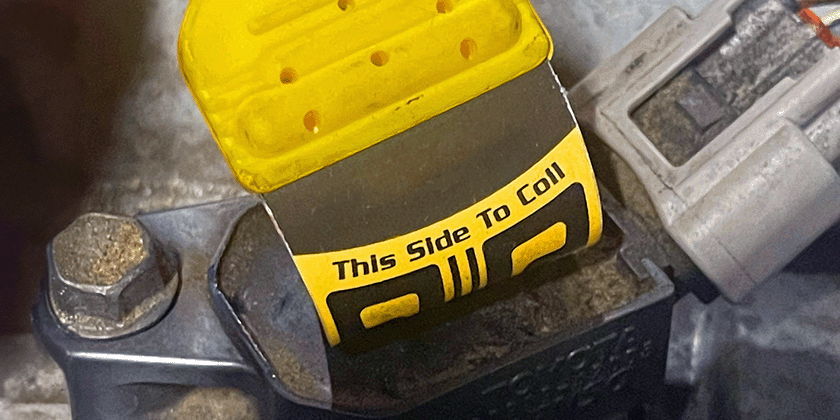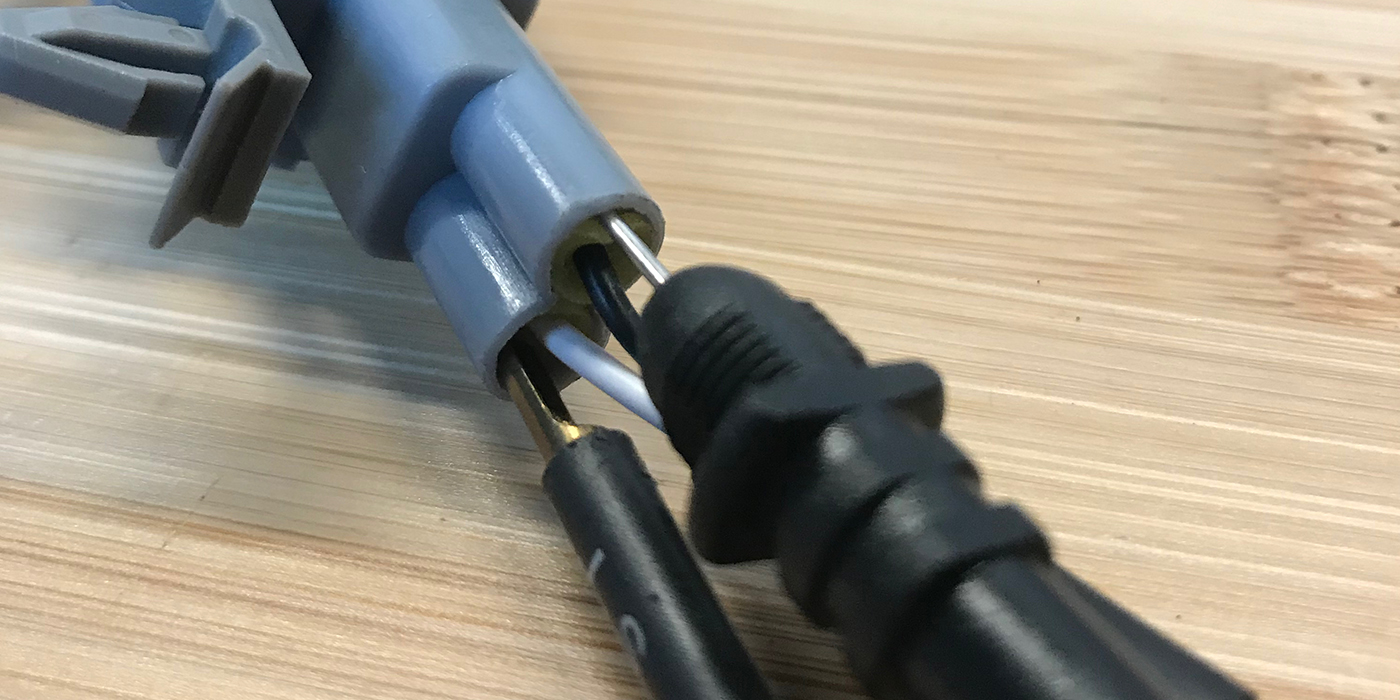Some 2005-’08 Ford Escape and Mercury Mariner vehicles equipped with a CD4E automatic transaxle and built from Aug. 1, 2004 through Feb. 15, 2007, may exhibit an engine stall when coming to a stop or when engaging the transmission into drive or reverse. This condition may be intermittent and often occurs after extended drives. There may be no diagnostic trouble codes stored. This may be caused by internal wear in the torque converter, which prevents it from unlocking.
Service Procedure:
1. Inspect and repair all non-transaxle codes.
2. Monitor the PIDs (parameter identification) for TC_SLIPACT as the stall is occurring.
a. If the slip is greater than 20 rpm, the stalling is not transaxle related. Repair following PC/ED procedures for engine stalling condition.
b. If TC_SLIPACT is less than 20 rpm with the transmission in park or neutral, torque converter internal failure is the most likely cause, proceed to step 3.
3. Remove the transaxle assembly and check the rotation of the torque converter in the bell housing. A failed converter will be difficult to rotate.
4. Remove the torque converter, drain the automatic transmission fluid (ATF) and refill the CD4E transmission assembly using MERCON V ATF.
5. Install a new torque converter and reinstall the transaxle assembly.
6. Back-flush the transmission cooler system.
Courtesy of ALLDATA.













